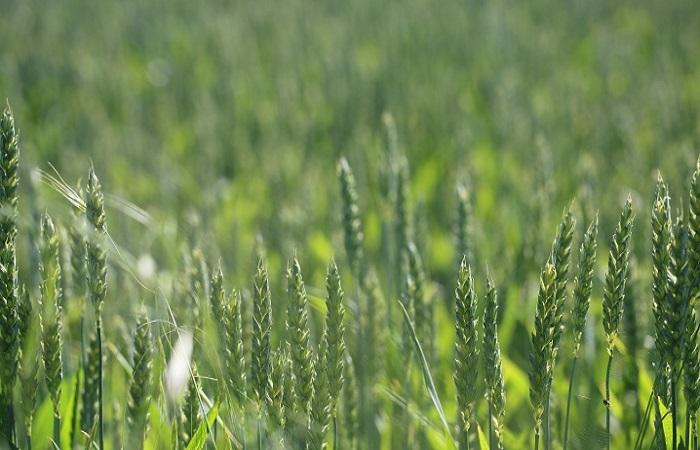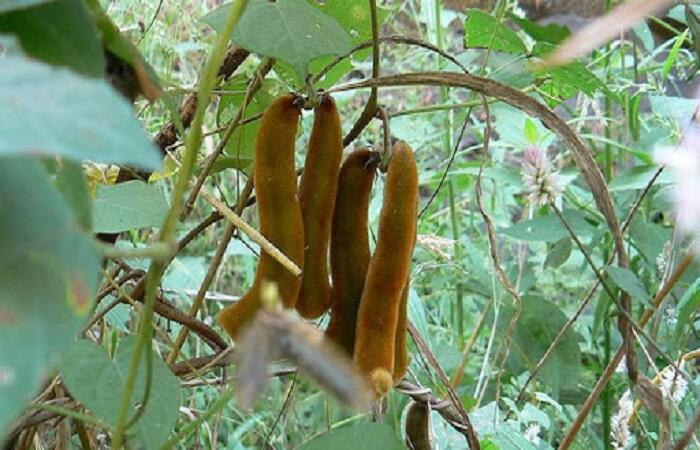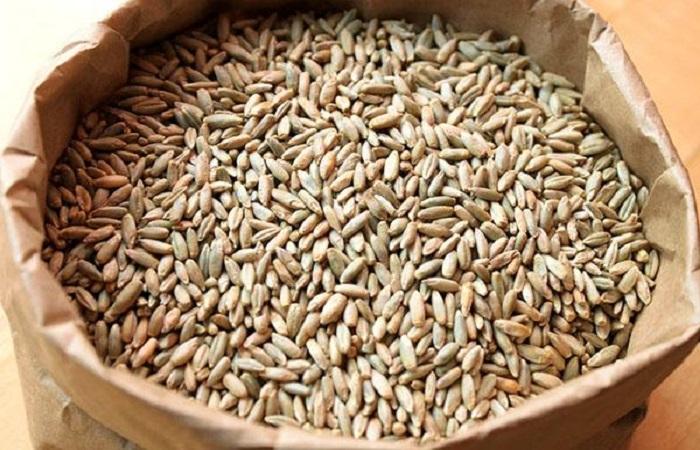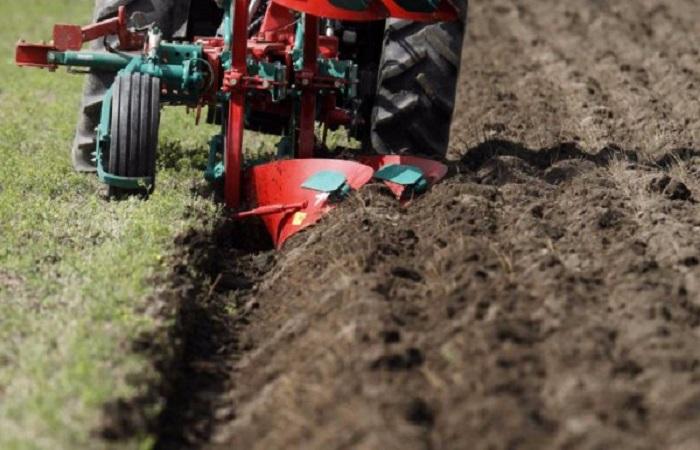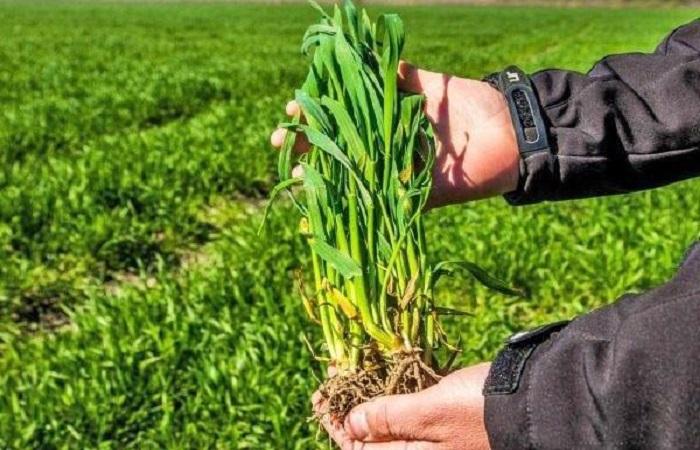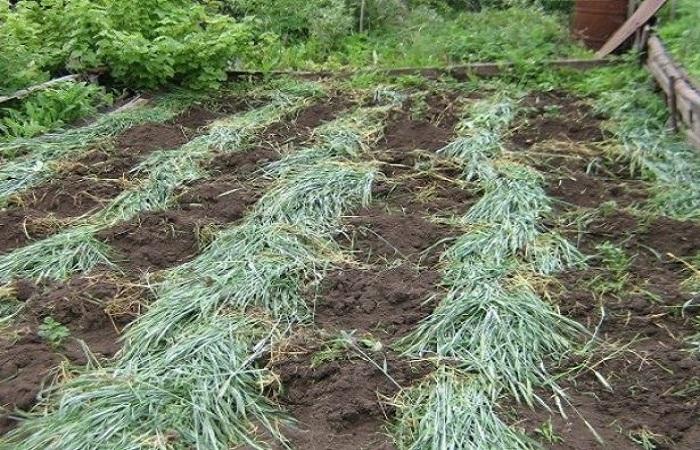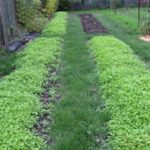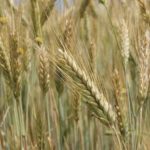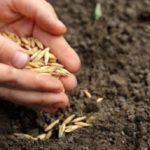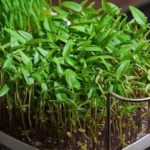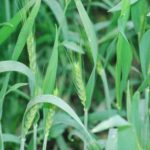Green manure is used as a natural fertilizer; it is used to sow areas intended for growing crops. Various types of plants are used for this purpose. Let's consider the advantages of rye as a green manure and its disadvantages, when and in front of which crops to plant. The sequence of the sowing process, how to care for rye, when is the best time for mowing.
Benefits of rye as green manure
Advantages of rye as an excellent green manure crop:
- can be sown in spring and autumn;
- it is stored for the winter and grows quickly in the spring, so there is no need to sow seeds early in the spring, while the earth has not yet warmed up, which saves time during spring work;
- after plowing into the soil, it quickly rots and becomes an organic fertilizer;
- converts phosphorus found in the soil into an accessible form, it becomes easily accessible to plants;
- disinfects the soil from pathogens, prevents the development of late blight, reduces the number of nematodes;
- enriches the soil with the basic nutrients necessary for any crop - potassium and nitrogen;
- improves soil structure and composition, especially on heavy soils;
- promotes the reproduction of earthworms, which process organic matter into humus;
- reduces the amount of weeds, as it prevents weed seeds from sprouting, blocks light and takes away their nutrition;
- It is unpretentious and therefore does not require any special care;
- seeds are affordable and easy to buy.
In addition to the fact that rye is used in fields and gardens to improve the soil, it is used as fertilizer. In agriculture, spring and winter varieties can be sown. The benefits from them are the same, the difference lies in the timing of sowing.
Disadvantages of the plant
Rye is moisture-loving enough to provide itself with moisture; it draws it from the soil. The roots of adult plants go deep into the ground, but while they are young, they may suffer from moisture deficiency. This affects the growth and development of green manure; if little water reaches the roots, the benefits of growing it are reduced. For this reason, rye sown in arid areas where it does not rain often needs watering.
Another drawback that you may encounter when growing: wireworms can grow in the roots of the plant.To reduce the likelihood of this, it is recommended to treat the area before sowing with insecticides in a prophylactic dose, and repeat the treatment at the end of the season. Despite some disadvantages, the benefits of the crop attract many gardeners.
What to plant before?
Almost all crops can be grown before rye, but there are those that are preferably grown as predecessors. In the Non-Black Earth region, the best predecessor for rye is potato. It must be completely removed at least 2 weeks before sowing green manure. In the Urals and the North-Eastern region, plants can be sown after legumes, corn, and vegetables. It is recommended to remove them 1.5 months before sowing rye.
When to plant
In autumn, rye can be sown from the very end of summer until mid-autumn. Before winter, green manure is sown after harvesting, when the remains are removed from the site. In a temperate climate, for example, in the Moscow region, sowing time occurs, on average, from mid-August to mid-September. The air temperature when green manure should be sown is 15-16 °C. In any case, the planting date should be chosen so that there is at least 1.5 months left before frost.
In spring, rye can be sown as soon as the snow melts. The culture is cold-resistant and grows even in cold soil.
The process of sowing green manure
Green manure seeds can be planted in different ways: in rows and diagonally crossed.In the latter case, the plants are spaced more evenly and suppress weeds better. The distance between the rows of rye is left at approximately 7.5 cm, the seeds are buried by approximately 4 cm. When sowing before winter, you need to increase the usual volume of seeds (1.7-2 kg per hundred square meters) by no less than 10%, this is necessary because that some seeds will not sprout or young plants will die during the winter. For sowing in the fall, it is recommended to take rye from last year's harvest; fresh seeds may not germinate.
Sowing sequence:
- remove all plant debris from the beds;
- apply fertilizers if necessary;
- dig up the area;
- make grooves 5 cm deep;
- sow seeds in them;
- close the grooves with a rake.
If necessary, water the area with water.
How many days it takes for rye to germinate depends on the temperature and humidity of the soil, and on the air temperature. When the soil temperature is more than 10 °C and normal humidity, with a sowing depth of 4 cm, rye usually germinates in 3-4 days. Germination in cold or dry soil is delayed and can take a week to a week and a half. In order for the seeds to germinate faster, the area needs to be watered if the soil moisture is insufficient. The seeds must be completely covered with soil.
How to care for culture
Due to the plant's moisture-loving nature, it may need watering. You should monitor the soil moisture and water the area when it dries out. Otherwise, the seedlings will become weak or the rye will develop poorly. If the soil is initially poor in nutrients, then the green manure needs to be fed immediately after planting and in the middle of the growth period. Rye no longer needs any care; it does not become overgrown with weeds, as it sprouts quickly and thickly, thereby suppressing weeds.
Optimal timing for mowing
You can start mowing green manure when it reaches a height of 20-30 cm. The final mowing period is the budding stage. After it, the stems of the plants become coarser, and they will rot in the soil longer. In addition, overgrown plants intensively draw nutrients from the soil. It is completely unacceptable to mow rye when the seeds begin to ripen or have already ripened. By that time, the stems will have already dried out, and the seeds spilled on the ground can germinate. There will be no benefit from green manure. Sprouted rye will become a weed.
Rye is mowed at a height of 2-3 cm from the soil surface. If you don't remove the roots, the greenery will grow back. If it is fallow, then you can leave the plants for a second mowing. If you need to plant a crop on a plot, you should dig it up with a shovel or walk-behind tractor. Processing allows not only to trim the roots, but also to bury the greenery in the ground.
Rye as a green manure can be used on different types of soil, in regions with any climate. It germinates well at low positive temperatures, which is its advantage. Grain can be sown both in spring and autumn.
The use of green manure has many advantages: rye structures and loosens the soil, strengthens it, it is a natural green fertilizer. In terms of nutritional value, green manure can be compared to applying manure. But they have advantages over manure: seeds are cheaper and take up less space. Rye does not contain weed seeds, which are abundant in manure.
If you sow rye in your garden every year, you don’t have to apply any other fertilizers. Green manure also works as a disinfectant, reduces the number of bacteria and nematodes on the site, and cleanses the soil of them. The crops planted after this suffer less disease and their yield increases. The products are environmentally friendly and safe for health. In vegetables, root vegetables, and grains, the content of protein and organic substances increases, and the amount of nitrates decreases. Growing green manure is absolutely simple; both an experienced and a novice gardener can easily cope with it.

